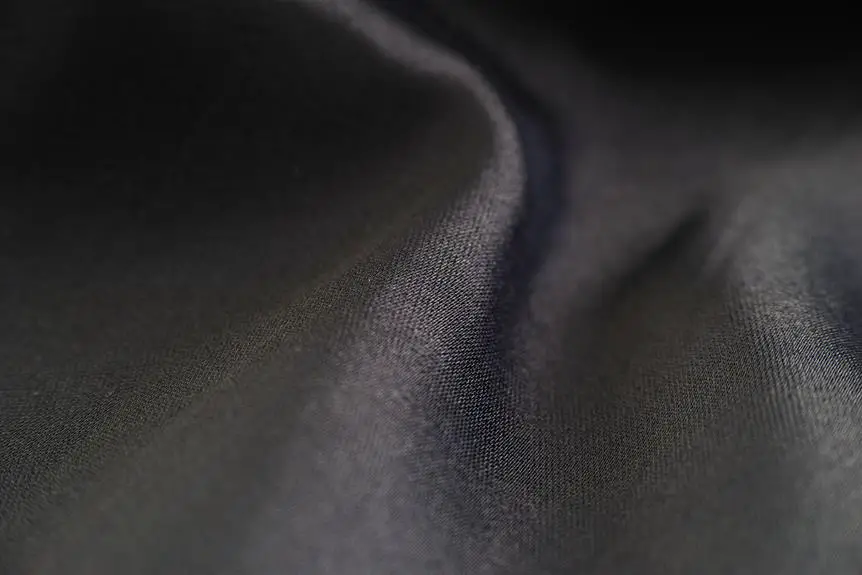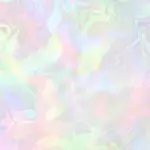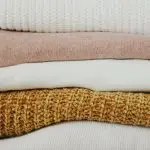When it comes to choosing the perfect fabric for your furniture, it's like selecting the ideal outfit for a special occasion. Just as you consider the texture, color, and style of your attire, the same careful attention should be given to your upholstery.
As a connoisseur of fine fabrics, you understand the significance of choosing between velvet and chenille. Each fabric possesses its own distinct allure, from the luxurious softness of velvet to the cozy, textured embrace of chenille.
Mastering the art of selecting the perfect fabric for your furniture entails weighing the durability, texture, color options, and style considerations, ensuring that your choice reflects not just personal preference, but also practicality.
Key Takeaways
- Velvet offers a deep, rich color palette including jewel tones and neutrals, while chenille provides a wide array of soft, muted colors.
- Velvet exudes luxury and elegance, adding a touch of opulence to any space, while chenille reflects a sense of luxury and sophistication, creating a cozy yet refined ambiance.
- Velvet requires more maintenance and can be prone to crushing and marking, while chenille is considered more durable and easier to maintain.
- Chenille can be made from natural fibers like cotton, making it more environmentally friendly, and is a practical choice for high-traffic furniture.
Durability and Maintenance
When considering durability and maintenance, choosing between velvet and chenille can be a crucial decision for you. Both fabrics have their own unique characteristics that contribute to their longevity and cleaning methods.
Velvet, known for its luxurious feel and rich color, is a durable fabric that can withstand everyday use. Its tightly woven fibers make it resistant to pilling and fuzzing, enhancing its longevity. To maintain velvet, regular vacuuming with a soft brush attachment can help remove dirt and prevent crushing of the fibers. Additionally, professional cleaning is recommended to preserve its luster and texture.
On the other hand, chenille, with its velvety softness and intricate patterns, offers a cozy and inviting appeal. While chenille is also durable, its cleaning methods differ from velvet. Due to its delicate nature, chenille should be spot cleaned with a mild detergent and water to avoid damaging the fabric. It's important to avoid harsh chemicals or abrasive cleaning techniques that could cause the fibers to fray.
Understanding the cleaning methods and longevity of both velvet and chenille will help you make an informed decision based on your lifestyle and maintenance preferences.
Texture and Feel
To truly understand the differences between velvet and chenille, you need to feel their textures firsthand. When it comes to texture and feel, both fabrics offer a luxurious sensory experience, but they do have distinct tactile appeals. Velvet is renowned for its incredibly soft and smooth feel, providing a sense of opulence and comfort. On the other hand, chenille boasts a plush, cozy texture that radiates warmth and comfort. The sensory experience of running your hand over velvet is like gliding your fingers across the smooth surface of a delicate rose petal, while chenille feels like being enveloped in a cloud of softness.
Consider the following comparison to better understand the differences in texture and feel:
| Fabric | Softness | Comfort | Sensory Experience |
|---|---|---|---|
| Velvet | Extremely | Luxurious | Smooth and opulent |
| Chenille | Plush | Cozy | Warm and enveloping |
The softness and comfort of both fabrics make them enticing choices for upholstery, bedding, and clothing. Whether you prefer the smooth, luxurious feel of velvet or the plush, cozy texture of chenille, both fabrics offer a delightful tactile appeal that elevates the sensory experience.
Color Options and Versatility
You'll find a wide range of color options and versatile uses for both velvet and chenille fabrics.
When it comes to color coordination, velvet offers a deep, rich color palette, including jewel tones like emerald and sapphire, as well as classic neutrals like navy and charcoal.
On the other hand, chenille fabric provides a wide array of soft, muted colors such as blush pink, dusty blue, and sage green, perfect for creating a calming and serene atmosphere in your space.
Both fabrics can be used in various ways to enhance interior design versatility.
Velvet is ideal for luxurious statement pieces such as sofas, accent chairs, or drapery, adding a touch of opulence to any room.
Meanwhile, chenille's soft texture and subtle sheen make it an excellent choice for cozy throws, decorative pillows, or upholstered headboards, bringing warmth and comfort to your living space.
- Velvet offers a rich color palette, including jewel tones and classic neutrals.
- Chenille fabric provides soft, muted colors for a calming atmosphere.
- Both fabrics can be used to create luxurious or cozy interior design elements.
Style and Aesthetics
Continuing from the previous discussion, both velvet and chenille fabrics offer a distinct style and aesthetic appeal that can elevate the look of your living space. When it comes to style and aesthetics, both fabrics exude luxury and elegance, making them perfect choices for those who want to create a sophisticated and opulent atmosphere in their homes. Additionally, both velvet and chenille are versatile enough to complement various fashion and design trends, ensuring that your furniture remains timeless and chic.
| Aspect | Velvet | Chenille |
|---|---|---|
| Luxury and Elegance | Known for its luxurious and opulent appearance, adding a touch of elegance to any space. | Reflects a sense of luxury and sophistication, creating a cozy yet refined ambiance. |
| Fashion and Trends | Timeless appeal that effortlessly adapts to changing fashion trends. | Versatile fabric that effortlessly blends with both classic and contemporary design trends. |
| Versatility | Offers a rich and lustrous appearance, suitable for both traditional and modern settings. | Known for its soft, plush texture, adding a cozy and inviting feel to any room. |
Both velvet and chenille fabrics bring an air of luxury and sophistication to your living space, while also seamlessly adapting to evolving fashion and design trends.
Practical Considerations
When considering the durability and maintenance of your furniture, how do velvet and chenille fabrics compare?
Velvet is known for its luxurious look and feel, but it requires more maintenance to keep it looking pristine. It can be more prone to crushing and marking, and it may not be the best choice if you have pets or small children.
On the other hand, chenille is often considered more durable and easier to maintain, making it a practical choice for furniture that sees a lot of use.
- Cost and Availability: Velvet is often associated with luxury, and as a result, it can be more expensive and less readily available compared to chenille. Chenille, being a more common fabric, tends to be more affordable and widely accessible.
- Environmental Impact and Sustainability: When it comes to sustainability, chenille often has the upper hand. It can be made from natural fibers like cotton, making it a more environmentally friendly choice compared to some synthetic velvet fabrics.
- Durability and Maintenance: Chenille is generally easier to maintain and more durable than velvet, making it a practical choice for high-traffic furniture.
Considering these practical aspects can help you make an informed decision when choosing between velvet and chenille for your furniture.
Frequently Asked Questions
Can Velvet or Chenille Be Used for Outdoor Furniture?
For outdoor furniture, both velvet and chenille can be used, but velvet may require more maintenance to retain its durability. To ensure longevity, consider applying a fabric protector and regularly cleaning with a gentle brush.
Are There Any Environmental Concerns Related to the Production of Velvet or Chenille Fabric?
When considering velvet or chenille, it's crucial to address environmental impact and sustainability concerns. The production of these fabrics may have environmental implications, making it important to research and choose eco-friendly options.
What Is the Best Way to Store and Care for Velvet or Chenille Fabric to Prevent Damage?
To store and care for velvet or chenille fabric, prevent damage and extend fabric longevity, follow these cleaning tips: vacuum with a soft brush attachment, spot clean with mild detergent, and avoid direct sunlight exposure.
Can Velvet or Chenille Fabric Be Used in High-Traffic Areas Such as Commercial Spaces or Offices?
In high-traffic areas, durability comparison between velvet and chenille is crucial. Consider maintenance requirements, as velvet may require more delicate care. Regularly assess wear and tear to determine the best fabric for commercial spaces or offices.
Are There Any Specific Health Considerations Related to Using Velvet or Chenille Fabric, Such as Allergies or Sensitivities?
Consider potential allergic reactions and sensitivity concerns when choosing between velvet and chenille fabrics. Both may require specific fabric maintenance to prevent health implications. Regular cleaning and upkeep are essential for managing any related health concerns.
- Can You Get Organza Wet? - April 23, 2024
- Why Is Organza so Popular? - April 23, 2024
- What Do You Wear With Organza? - April 23, 2024








